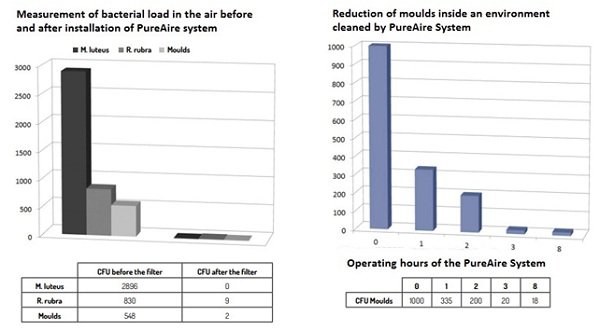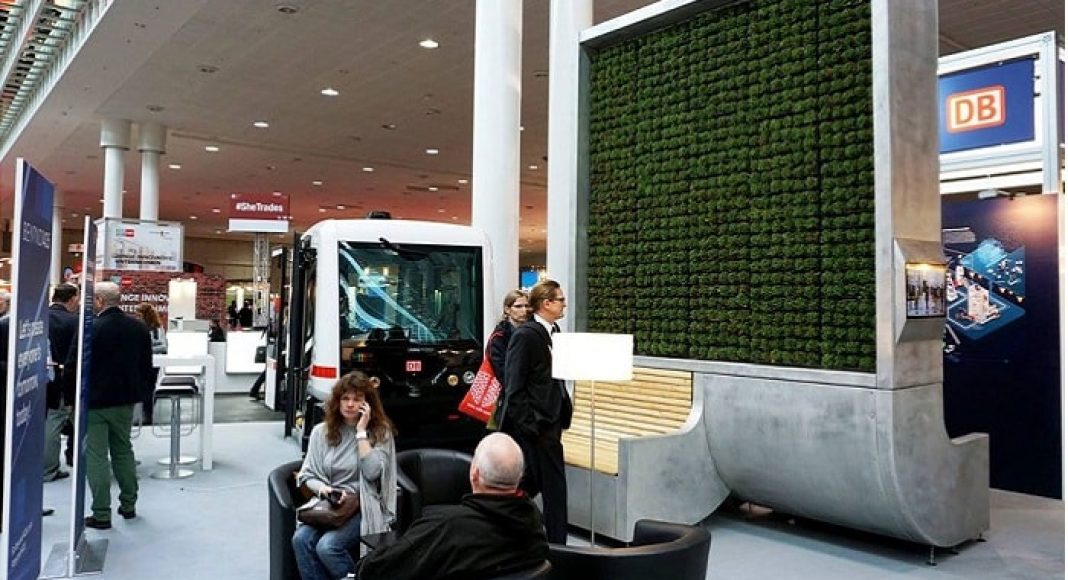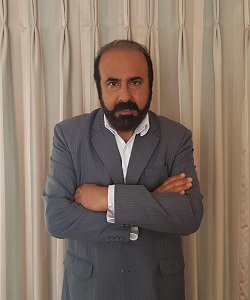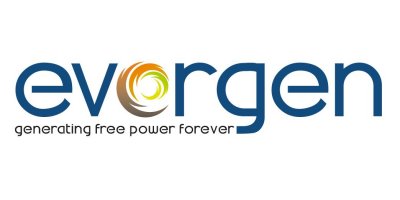Indoor Air Quality (IAQ) of a healthcare facility by definition involves a variety of factors such as thermal (temperature and relative humidity) conditions, presence of chemical components & contaminants as well the outdoor air quality. IAQ is vital in relation to environment inside hospitals, nursing homes and other healthcare facilities.
Poor hospital IAQ may cause outbreaks of building-related illness such as headaches, fatigue, eye, and skin irritations, and other symptoms. The pre-requisite for any hospital facility is to provide for and ensure a good IAQ to safeguard patients, nursing staff and visitors from the hazards of occupational diseases and nosocomial or hospital-acquired infections (HAI).
According to the World Health Organisation, at any given time over 1.4 million people across the globe suffer from a nosocomial or HAI. HAIs account for 2 million cases and about 80,000 deaths a year. Understanding the well being of its patients and workers and safeguarding their health is a matter of utmost importance to healthcare facilities.
Nosocomial infections are a major threat to the patients’ safety in any health-care facility. However, the prevalence is higher in the Intensive Care Units (ICUs) than other areas of the hospital. This increased prevalence of nosocomial infection not only influences the mortality and morbidity pattern of ICU but also poses a significant financial burden to the patient and the society.
Further to this a 2008 study by the International Society of the Built Environment of indoor and outdoor air quality in hospitals in India revealed the counts of bacteria higher in ICUs and wards namely the orthopaedic ward, neonatal ward, dialysis ward and post operative ward beyond the recommended levels. The mere presence of fungi in hospital air was a matter of great concern as many spores can be released leading to an incidence of HAIs and occupational infections. Noteworthy is the finding that the high counts were influenced by the activity of ventilation provided.
SICK BUILDING SYNDROME (SBS)
The issue of improving air quality in buildings has previously been mainly related to SBS. It is a situation in which occupants of a building experience linked to time spent in the building with no specific illness. Symptoms of SBS are acute discomfort, headaches, dizziness, eye, nose, throat irritation, dry cough, itchy skin, nausea etc. Recently many researchers have worked on SBS issue and its effect on office workers and noticed that SBS is not linked to the type of ventilation or air conditioning system used but it is more likely to be a function of how well system are installed, managed and operated. Therefore Operation & Maintenance of HVAC systems in hospitals are more critical than other buildings.
Active Ionisation technology to improve IAQ
Active Ionisation technology has an elevated antibacterial power and is proven to be active on pollen, fine dust, toner, mould, smog, viruses, bacteria and tobacco smoke. These contaminants, according to their size, can enter the body and damage certain organs. Among the most dangerous airborne substances we find Legionella, a very topical problem that causes millions of deaths every year. With Evergen’s Active Ionisation air cleaners, this problem is eliminated as pollen, dust mites, fungus and other contaminants are captured and inactivated.
The technology is extremely efficient and is proven at removing 98-99% of:
– Airborne bacteria, such as Micrococcus luteus;
– Yeast, such as Rhodotorula rubra;
– Bacillus Anthracis;
– Moulds and germs present in the natural spectrum of air. Maintaining the humidity levels
Maintaining the humidity levels
The heating, ventilation and air conditioning systems of buildings and their components, as well as sanitary equipments, can nurture and amplify the diffusion of airborne substances. Among these, Staphylococcus Aureus and Legionella are seen as particularly dangerous. The first cases of legionellosis were in fact attributed to airborne substances containing bacteria from cooling towers, evaporative condensers or humidification sections of the air handling units of AC systems. Infections are also caused by contamination of water supply networks, sanitary appliances, oxygen therapy equipment, fountains and ultrasonic humidifiers.
Conclusion
Hospitals are the backbone of health care delivery system in India; this again highlights that maintaining a healthy IAQ and demands immediate attention of hospital authorities towards taking the necessary measures to maintain a sound and healthy atmosphere for the patients, healthcare workers and others.




















